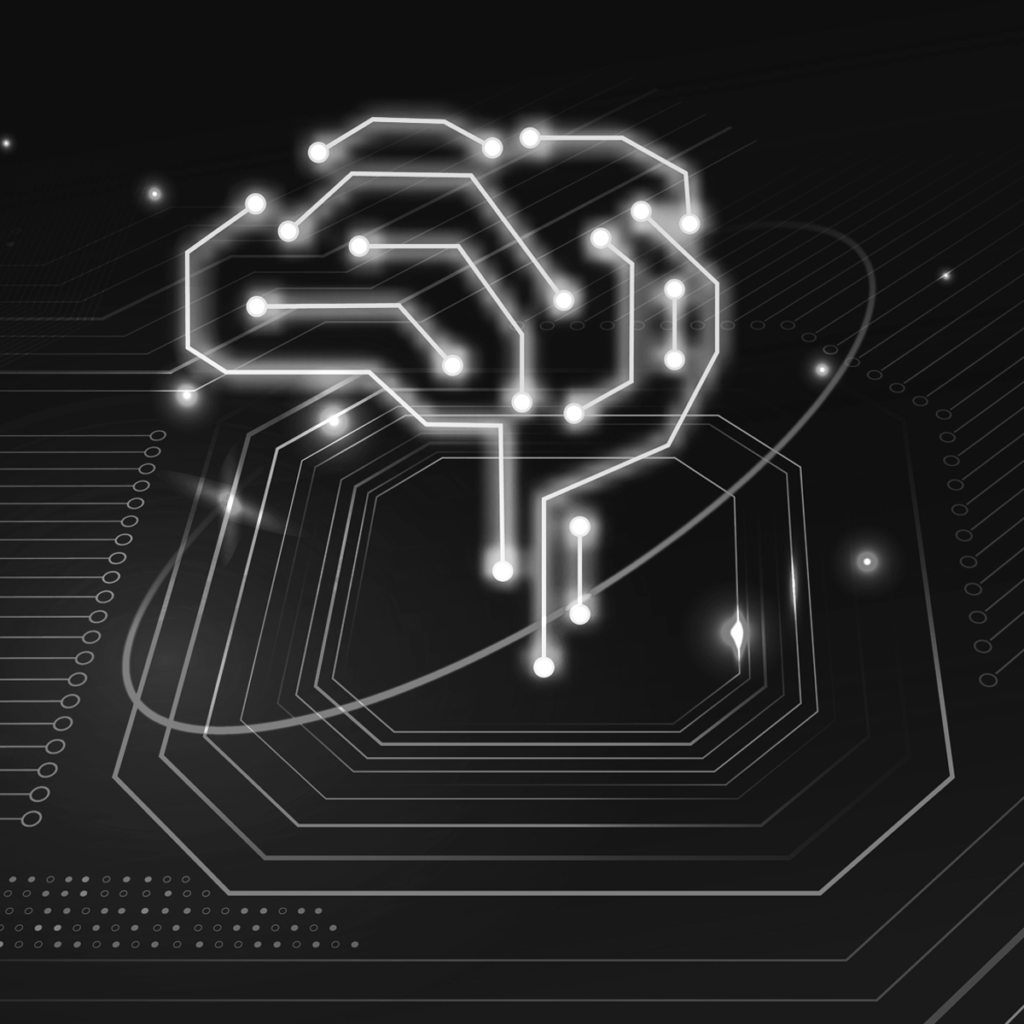Artificial Intelligence
Unlock the potential of artificial intelligence with Skoedus‘s cutting-edge development services. We specialize in creating custom AI models that elevate your processes, enhance decision-making, and drive innovation. Our AI development services are designed to meet the unique needs of your industry, providing tailored solutions that empower your business for future growth.
WHAT SETS US APART?
Industry Specific Solutions

We understand that each industry has its own challenges and opportunities. Our AI solutions are tailored to address industry-specific needs, ensuring that the applications resonate with the nuances of your business landscape.
Custom Models Development

Skoedus crafts bespoke AI models to suit your specific requirements. Whether you need machine learning algorithms, predictive analytics, or natural language processing, our team of experts leverages the latest technologies to build models that align seamlessly with your goals.
Integration with Existing Systems

Seamlessly integrate AI into your existing systems and processes. Skoedus ensures a smooth transition by working closely with your team to incorporate AI functionalities that enhance efficiency and productivity.
Technical Overview
Custom AI Model Development:
- Architecture Design: Crafting bespoke neural network architectures optimized for specific applications, ensuring efficient processing and learning.
- Hyperparameter Tuning: Fine-tuning model parameters for optimal performance and accuracy, balancing precision and computational efficiency.
Domain-Specific Expertise:
- Industry-Specific Models: Tailoring models to diverse domains, such as manufacturing, finance, healthcare, and logistics, by integrating domain-specific knowledge into the learning process.
- Dataset Augmentation: Expanding datasets through advanced augmentation techniques to enhance model generalization and robustness.
Scalable AI Solutions:
- Model Scalability: Designing models with scalability in mind, utilizing techniques like transfer learning and progressive learning to adapt to evolving data and business requirements.
- Parallel Processing: Implementing parallel processing methodologies to enhance model training speed and accommodate large-scale datasets.
Collaborative Innovation:
- Client-Centric Approach: Collaborating closely with clients to understand specific challenges and objectives, ensuring AI solutions align with business goals.
- Continuous Feedback Loop: Establishing a continuous feedback loop for model refinement, incorporating user insights and evolving requirements.
Efficient Integration:
- System Integration: Seamlessly integrating AI functionalities into existing systems using APIs, SDKs, and containerization, ensuring minimal disruption and efficient implementation.
- Compatibility Testing: Conducting rigorous compatibility testing to guarantee smooth integration with diverse technology stacks.
Real-World Impact:
- Measurable Metrics: Focusing on key performance indicators and measurable metrics to assess the real-world impact of AI solutions.
- Outcome-Oriented Optimization: Iteratively optimizing models based on actual performance, with a commitment to achieving tangible results.

Case Study: Remote Sensing Analysis by AI – Palm, Rubber, and Rice Crops Classification
In a recent project undertaken in Thailand, our objective was to leverage advanced remote sensing analysis, employing state-of-the-art AI techniques. The primary goal was the classification and diagnostic assessment of palm, rubber, and rice crops, contributing to precision agriculture practices in the region.
Methodology:
- NDVI Integration:
- A cornerstone of our methodology involved the incorporation of NDVI (Normalized Difference Vegetation Index), a key spectral index. This allowed for a nuanced evaluation of vegetation health and density, particularly vital in crop classification.
- AI Algorithms:
- Our team implemented sophisticated AI algorithms, trained on extensive datasets, to analyze satellite imagery. These algorithms were tailored for the unique characteristics of palm, rubber, and rice crops, ensuring accurate classification.
- Multi-Step Classification:
- The classification process involved distinct steps for each crop type, considering diverse features such as canopy structure, growth patterns, and spectral signatures. This multi-step approach enhanced the precision of the classification results.
Results:
- Palm Classification:
- Our AI-driven analysis successfully identified and classified palm crops with a high degree of accuracy, providing valuable insights into plantation health and potential yield predictions.
- Rice Classification:
- The AI model exhibited remarkable proficiency in differentiating rice crops, considering factors like flooded fields and growth stages. This classification aids in optimizing irrigation strategies and predicting harvest timelines.
- Rubber Classification:
- Utilizing spectral characteristics unique to rubber plantations, the AI algorithms accurately classified rubber crops. This information is crucial for plantation management and resource allocation.

Satellite images inputs and AI-automated soil identification

Output data: Crop type surfaces
AI Enables:
- Time Saving:
- The integration of AI significantly reduced the time required for comprehensive crop analysis, enabling swift decision-making for farmers and stakeholders in the agricultural supply chain.
- Complete Analysis Through One Tool:
- The seamless integration of remote sensing analysis and AI provided a unified and powerful tool for comprehensive insights. Stakeholders could access a singular platform for a holistic understanding of crop conditions, optimizing resource allocation and decision-making processes.
